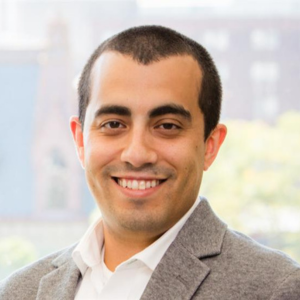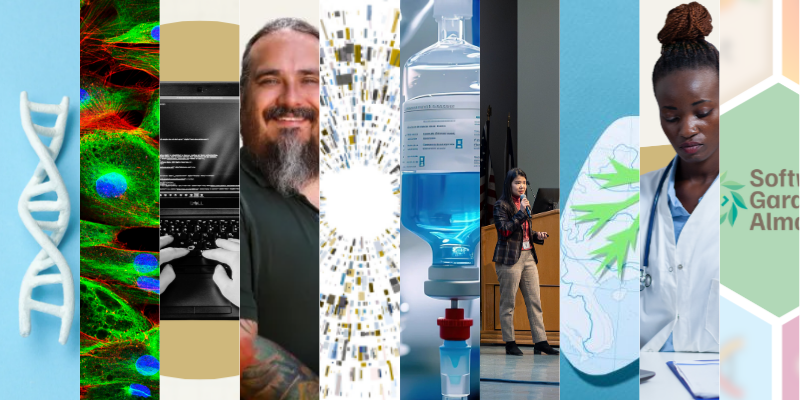The Gilbert Family Foundation has awarded data scientists in the Department of Biomedical Informatics (DBMI) at the University of Colorado School of Medicine $1.2 million to develop a microscopy assay and analysis pipeline for organoids derived from patients with Neurofibromatosis 1 (NF1), a complex rare disease that causes tumors to grow along nerves and produces a range of symptoms.
The project will help researchers develop more treatments for the disease, says DBMI assistant professor Gregory Way, PhD, the primary principal investigator for the work.
“We're developing a new preclinical model for NF1 tumors,” Way explains. “The assay is called cell painting, which my lab analyzes all the time, but always in 2-dimensional cell cultures. With this project, we will be developing the assay for the first time with NF1 patient derived organoids, which have a whole bunch of different cell types. Organoids are more dynamic and thought to more closely model patient environments than individual cell lines.”
Foundational firsts
One treatment currently exists for patients with NF1, which occurs about once in every 3,500 births and primarily manifests in childhood and continues into adulthood, but experts say the drug, Selumetinib, only works for a small percentage of NF1 patients and many eventually relapse.
“There is a huge need for more treatments,” Way says. “We think that this assay is going to be helpful for several reasons. It's going to give us a lot of different types of information that we can't get from the omics data, and it's also going to be an important assay for drug screening.”
Way and his team are working with Alice Soragni, PhD, at the University of California Los Angles who will create the organoid systems from cutaneous neurofibromas (cNF), plexiform neurofibromas (pNF) and malignant peripheral nerve sheath tumors (MPNSTs). These will be the foundation of the new assay. After data is collected, Sara Gosline, PhD, at the Pacific Northwest National Lab in Washington will analyze the omics data, making sure the mutations and the process of growing the organoid hasn’t created significant genetic drift between the patient and organoid.
“This approach, developed uniquely by our multidisciplinary team, will revolutionize drug screening for NF1 and accelerate the development of precision medicine therapies for NF1 patients,” Way explains.
Over the course of four years, Way’s team will collect data and develop an image analysis framework for extracting high-content information from the patient-derived organoids. In the end, the new assay could be great news for NF1 researchers and patients of the devastating disease.
The researchers will screen hundreds of therapeutically relevant drugs in the organoids derived from NF1 patients and nominate treatments that promote cell health with low toxicity specific to each patient.
Deep learning and beyond
Computer algorithms will allow researchers to identify organoid features that are not visible by the human eye that affect how the organoids respond to drugs.
“We’ll develop and use deep learning-based algorithms to process and analyze the image data, and while it’s not indispensable, it does make our lives much easier,” Way says. “As part of the development of this framework, we will compare various approaches for analysis, and that’s what makes deep learning our best bet.”
Work from the Way Lab will be open source from the beginning of the project, allowing other researchers to apply the framework to other organoid models. In addition to patients with NF1, Way can see a future where the framework changes the world of drug screening for rare disease.
“The overarching goal is that people will use this framework, develop it, and make cell painting and this specific image analysis framework the de facto standard for precision medicine drug screening,” Way says. “There's a lot of excitement in the field for neurofibromatosis researchers and patients that this kind of initiative, made possible by the Gilbert Family Foundation, is going to start to make some progress that we haven't been able to make before.”




.png)